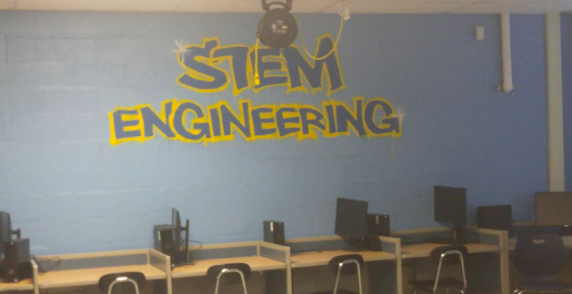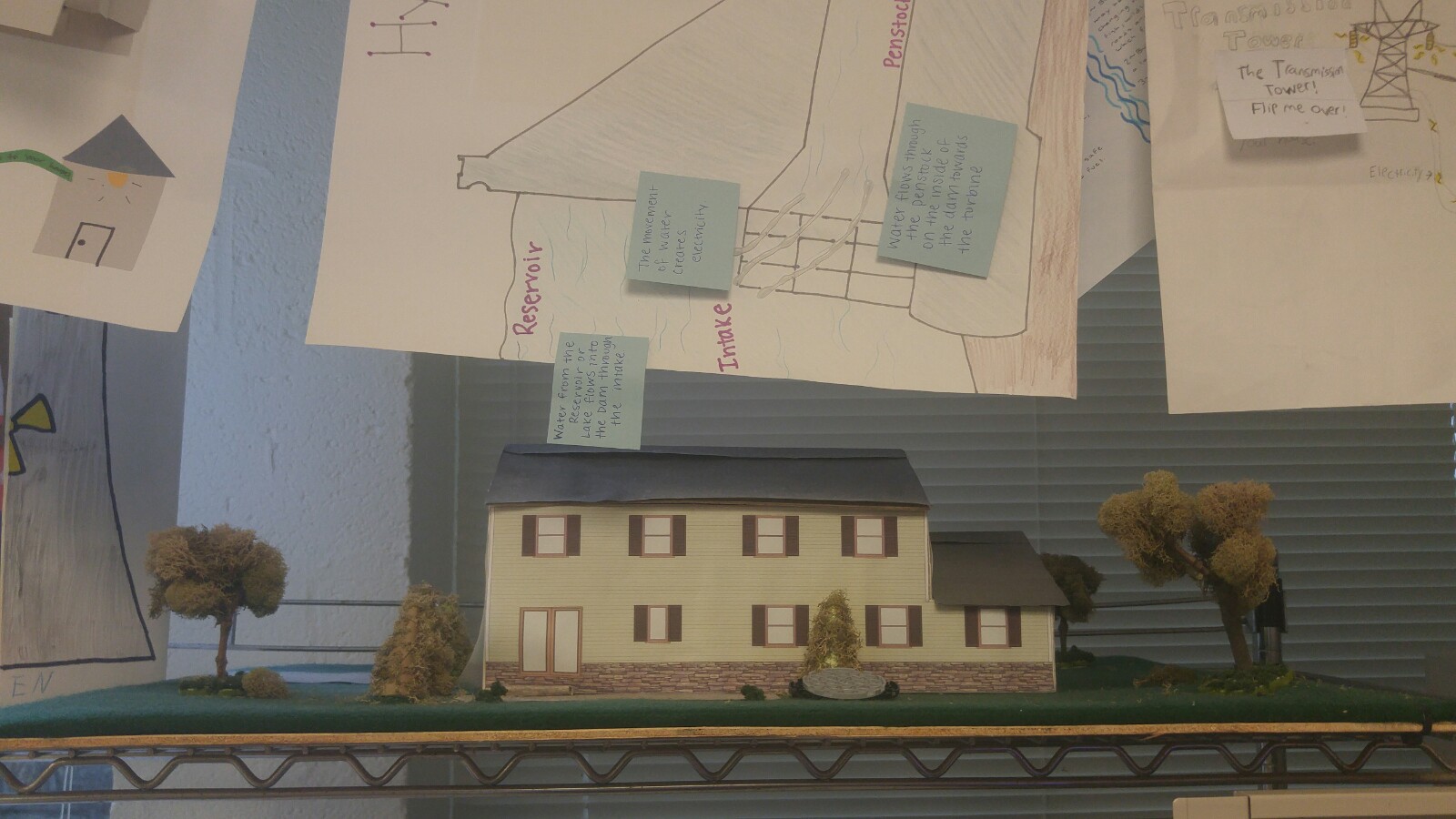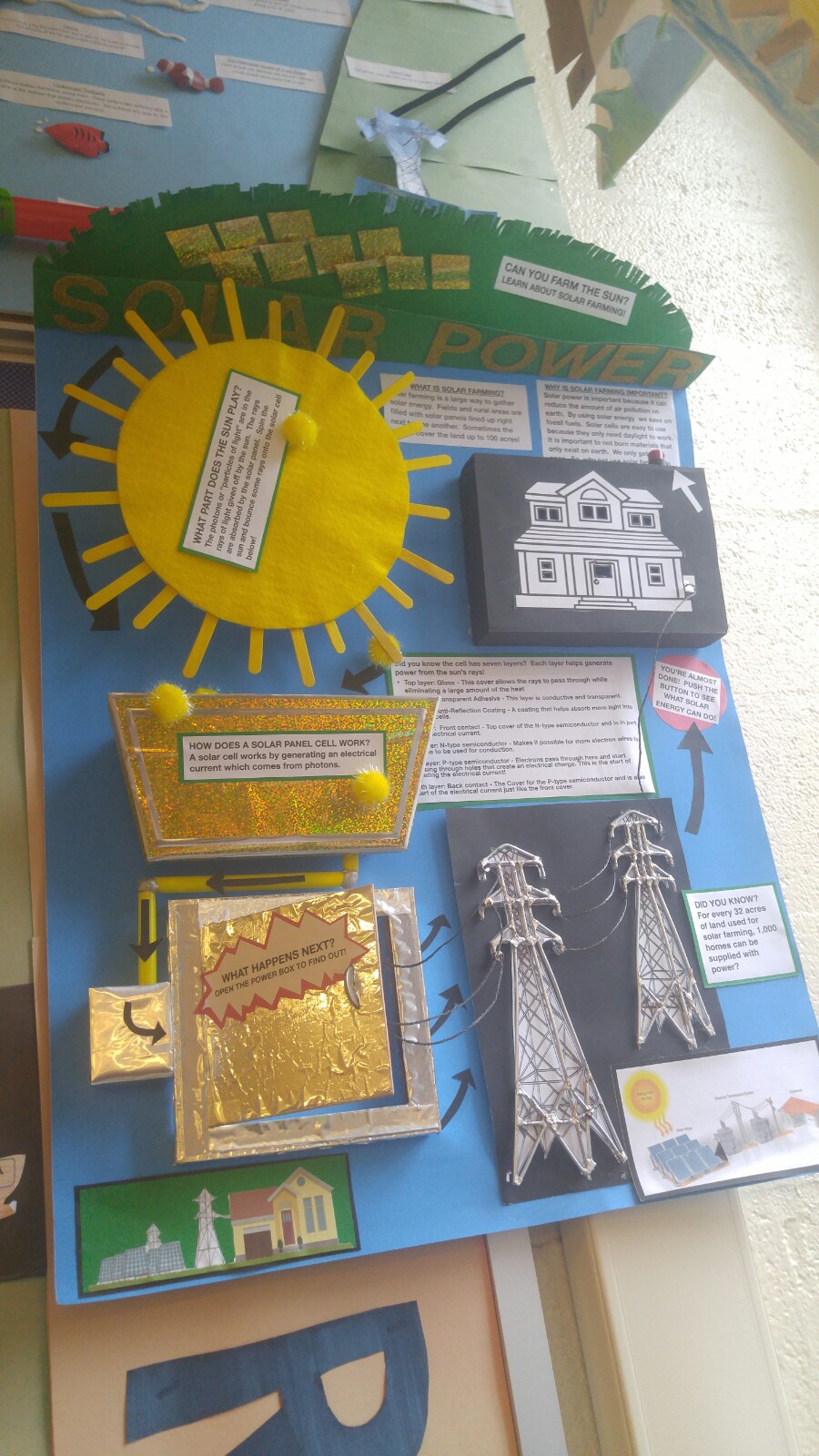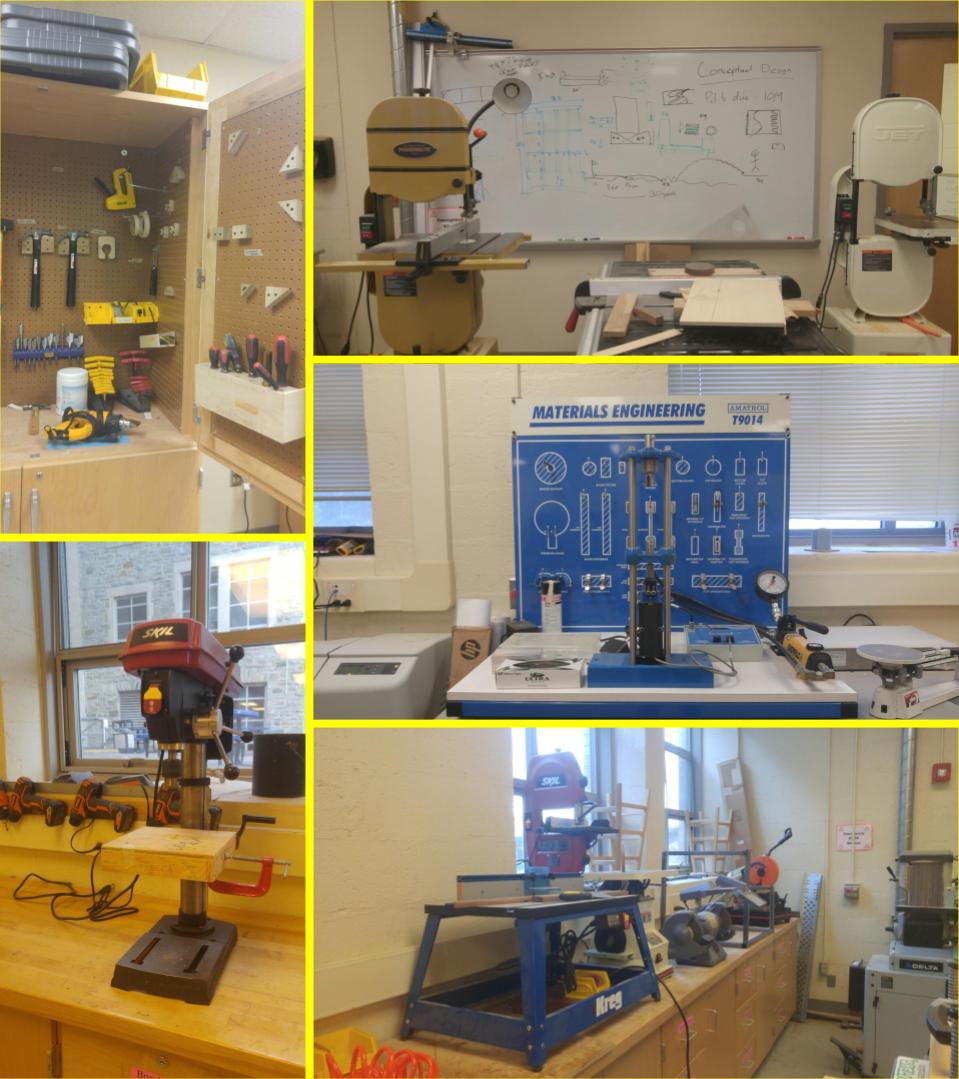
Engineering Courses
Introduction to Engineering (Grade 9 Requirement)
Meets 4 periods of the 6-day cycle
.66 Credit
This course provides an introduction to engineering and technology design processes.
Students create ideas, designs, develop innovations and engineer practical solutions.
It also provides students with the opportunity to apply technological concepts and processes in order to creatively
innovate designs. This course will utilize students’ Mathematics and Science skills from concept to production and evaluation
in all aspects of the processes.
Career Clusters: Civil Engineer, Manufacturing Consultant, Mechanical Engineer, Architect
Engineering Technology (Grade 10)*
Meets 4 periods of the 6-day cycle
.66 Credit
*Successful Completion of Intro to Engineering Recommended
Engineering Technology will offer students the opportunity to understand and apply the knowledge and skills
required to link science, technology, engineering, and mathematics together and apply it to solve problems. The course also provides students an opportunity to engage in real world case studies and learning activities that
focus on the engineering process and making the world a better place to live and work.
This course will maintain a focus on how engineers apply their creativity, resourcefulness, mathematical,
scientific, and technical knowledge, and skills in the creation or refinement of technological products and systems.
A key approach will be the use of a sequential and iterative design and development process to solve authentic engineering
tasks and problems.
Career Clusters: Automobile Designer, CAD Professional, Machine Designer, Engineer
IB Design Technology Year 1 Higher/Standard Level (Grade 11)
Meets 6 periods of the 6-day cycle
1.0 Credit
IB Design Technology Year 2 Higher/Standard Level (Grade 12)
Meets 6 periods of the 6-day cycle
1.0 Credit
IB design technology(Years 1 & 2) is based on a model of learning that incorporates knowledge, skills and design principles in problem-solving contexts, while at the same time maximizing the use of local and readily available resources. It assumes no previous experience in either technology or design. The intent is not solely the acquisition of knowledge about design and technology, which may change or become outdated, but it is about learning how to adapt to new experiences and to approach problems with the appropriate skills and the relevant techniques to identify the important elements and, crucially, to develop the optimum solutions. The design cycle is at the core of the course, and it is expected that students will use this process in practical investigative work as well as in the theory. Each element in the design cycle represents an aspect of design technology, which, when viewed together, constitutes a holistic approach. Any given element is therefore only to be seen in the context of the whole process.
Career Clusters: Electrical Design Engineer, Mechanical Engineer, Design Release Engineer, Product Manager
Engineering Student Projects

Students in the IB Design Technology class at the Academy research about different types of houses and buildings
in which one can live. They choose a building that they want to create and draft many drawings of the building in the
Engineering Design Process. They analyze the Design Opportunity and are assigned a target audience for them to keep in mind.
Students sketch, measure, cut, and build the model during the course of two marking periods in their junior year.
They meet with real estate agents and call companies that could help them in their journey. The students research the
different materials and create a bottom, top, and side views of their model. They scale the drawing with a ratio, such as
1in : 10ft. Students have built many exotic and futuristic houses over the years, and you can make one too!

Students in 9th Grade Engineering learn about the fundamentals of Engineering. They analyze the engineering process and
create an interactive poster for a museum. The top 5 posters (this was 1st) get to exhibit their product in the Please Touch
Museum in Philadelphia, PA. Students read case studies about the museum to see who their target audience is, and generate a
design problem that is suited for their museum. They look at graphs and diagrams of the financial aspects to understand the
costs and limits of the posters. They research about size, quantity, aesthetics, product constraints, target market, and
function of the product/company. Students also build prototypes and learn about tools in the woods lab.
Email jlong@dasd.org for more information, or talk to your guidance counselor.

Copyright © 2019 https://flyingtoucans.github.io




